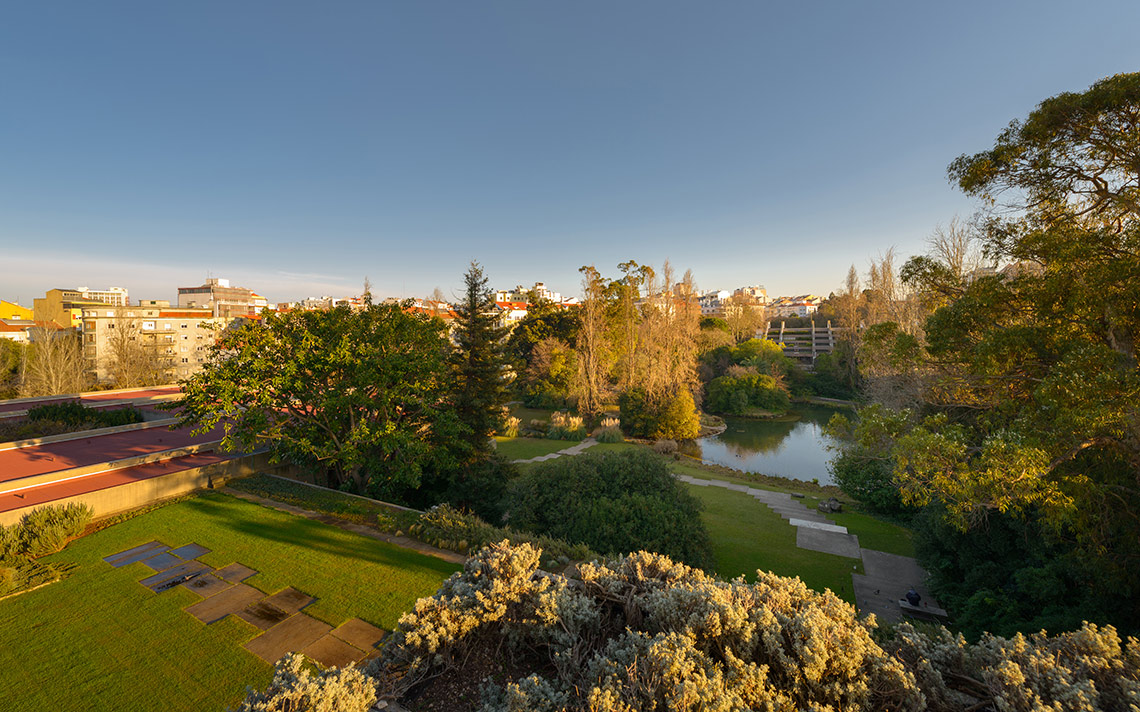In Zambia the theatre workers found the Botswana Theatre for Developmentideas very attractive. In fact, there had already been examples of plays in Zambia before 1987 which used a didactic technique to highlight social problems. For example, the Lusaka Housing Unit used drama in the mid-1970s for demonstration of techniques of building low-cost houses in the 'site and service' schemes. One such play. Chawama! Chawama! mixed drama with slide shows (with electricity run from a grocery or bar) and songs from a popular township group called the Buntungwa Stars Band.
In order to provide financial aid to the workshop and to provide an organization which could plan and administer it, an International Theatre Institute (ITI) Centre was set up in Zambia. The centre managed toraise funds, mainly from the Gulbenkain Foundation and CUSO for the considerable expense of the regional workshop. International resource persons came from Botswana, Tanzania, Lesotho, Canada and USA.
There was also a strong resource contingent of workers or extension officers from different agencies in Zambia. The regional workshop was held at Chalimbana Training Centre, about 40 km east of Lusaka in August, 1979. It followed closely the Botswana format of research in villages, problem analysis, play creation (at the centre), performance in villages, discussion with villagers, and evaluation and planning for follow-up activities.
One crucial difference between the Zambia regional workshop and the Botswana national workshop was that. despite the attempts at participatory research, there was a larger gap between the workshop participants and the villagers. Partly this was a result of not having so many non-Zambians in the research and performance teams. Probably even more significant was the language question, which made even many of the Zambians outsiders.
Chalimbana is located in an area inhabited by one of the less populous ethnic groups in Zambia, the Soli. Althounh many of the Zambian participants could communicate with villagers in Nyanja, which is a lingua franca in Lusaka, very few could speak the local Soli language. (In Botswana there is a widely accepted national language, Setswana, which made communication a lot easier at Molepolole) it was significant, for example, 'that one of the plays at Chalimbana about a literacy class was completely transformed when a talented Soli-speaking primary school teacher joined she cast. There was much closer rapport with the audiences when he was performing.
Another different emphasis at Chalimbana was the greater attention paid to performing skills. Particularly impressive was the way the dance team which contained two very skilled drummers and choreographers, Mapopa Mtonga and Stephen Chifunyise, created a didactic play without dialogue. The performance by the dance group illustrates some of the basic contradictions in the aesthetics of Theatre for Development.
In five movements the play highlighted the theme of poor water supply, which the participatory research revealed to be a major problem. The story dealt with a man suffering from a gastric complaint cause by dirty water. After rejecting a false mercenary sing'anga (spirit medium), the man goes to a clinic from where he is transferred to the main hospital in Lusaka. He returns triumphantly cured; the villagers dig a clean well and celebrate.
The plot sounds crude, but the play actually had a considerable impact both on the audience and the other participants at the workshop. Each movement of the play was associated with a dominating dance motif; these ranged from Lozi Siyomboka dance, Tonga Chingande, Tumbuka Fwembe to West African Highlife and Afro-rock; the whole was choreographed to produce a unified ballet performed in the round near the primary school at Chilyabele village.
Such polished performances were different from most of the Laedza Batanami sketches where the resource persons often had skills in social mobilization rather than in performing arts. The different emphasis led to a debate about the role of aesthetics in Botswana there was a tendency to avoid a display of intimidatingly sophisticated theatre skills.
The idea was that a simple set of skills which were nevertheless close to indigenous performing traditions could be an appropriate communication and conscientization tool for villagers to adopt. Doubts existed, however, whether such a 'rough' theatre might not in fact be a euphemism for a second-rate theatre, especially bearing in mind that the pre-colonial traditions theatre were certainly not 'rough' in the sense of de-emphasizing skills.
Performance of a play like the untitled water-borne disease mime described above at Chalimbana was meant partially as a giving back pre-colonial performance arts to the people. Unfortunately, in the context of a two-week workshop like that of Chalimbana there was practically no time for the villagers to genuinely participate in and learn (or relearn) such performing skills. This meant the villagers were dazzled with the spectacular performance with little impact on their cultural life once the workshop was over.
The lack of follow-up applied not only to the cultural/aesthetic impact of the Chalimbana workshop addressed itself. After the dust had settled down from the last performances the people around Chalimbana were still plagued by illiteracy, poor roads, inadequate water supply and lack of health facilities. In the absence of a dynamic group within the community mobilizing for development, halfhearted schemes which the organizing committee made for follow up programmes were doomed to failure.










0 Comments